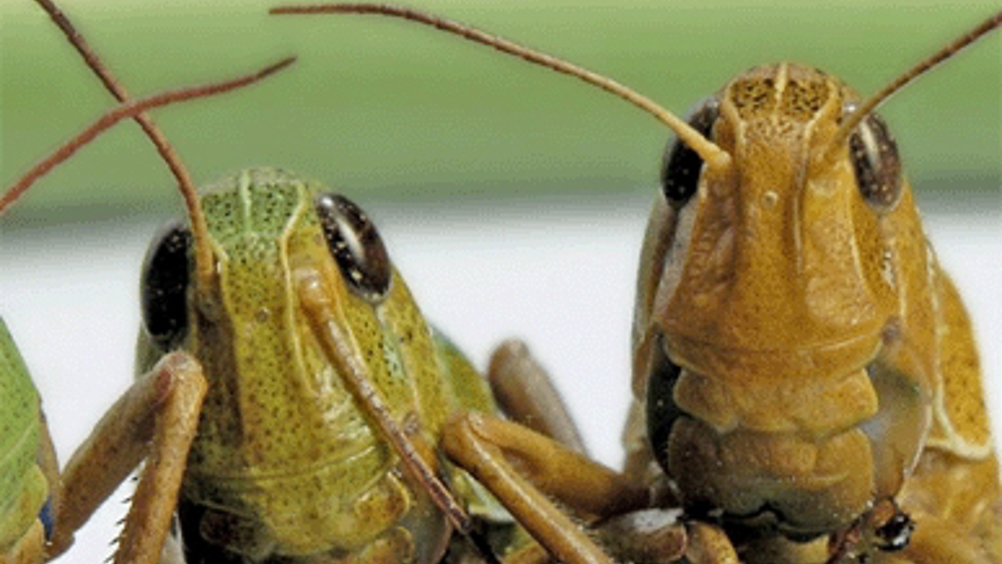Locust brain inspires robot navigation system
Scientists from the Lincoln and Newcastle Universities of have created a computerised system which allows for autonomous navigation of mobile robots based on the locust’s unique visual system.

The work could provide the blueprint for the development of highly accurate vehicle collision sensors, surveillance technology and even aid video game programming, according to the research published this week.
Locusts are said to have a distinctive way of processing information through electrical and chemical signals, giving them a fast and accurate warning system for impending collisions. The insects also possess powerful data processing systems built into their biology, which can in theory be recreated in robotics.
Inspired by the visual processing power built into these insects’ biology, Prof Shigang Yue from Lincoln University’s School of Computer Science and Dr Claire Rind from Newcastle University’s Institute of Neuroscience created the computerised system.
Their findings are published in the International Journal of Advanced Mechatronic Systems.
The research started by understanding the anatomy, responses and development of the circuits in the locust brain that allow it to detect approaching objects and avoid them when in flight or on the ground.
Register now to continue reading
Thanks for visiting The Engineer. You’ve now reached your monthly limit of news stories. Register for free to unlock unlimited access to all of our news coverage, as well as premium content including opinion, in-depth features and special reports.
Benefits of registering
-
In-depth insights and coverage of key emerging trends
-
Unrestricted access to special reports throughout the year
-
Daily technology news delivered straight to your inbox










UK Enters ‘Golden Age of Nuclear’
The delay (nearly 8 years) in getting approval for the Rolls-Royce SMR is most worrying. Signifies a torpid and expensive system that is quite onerous...